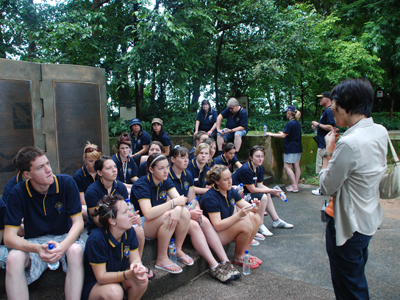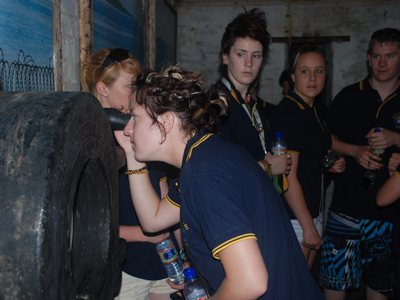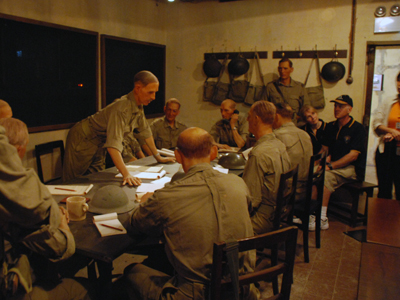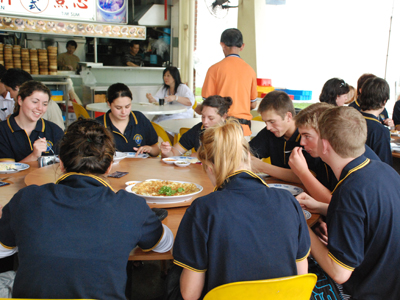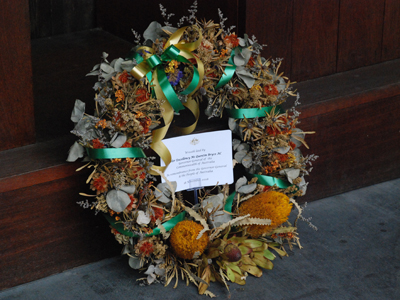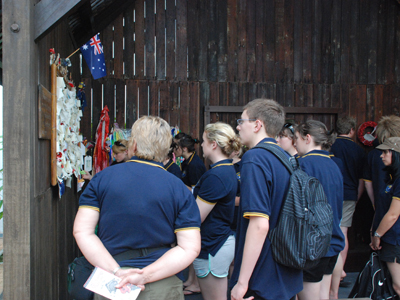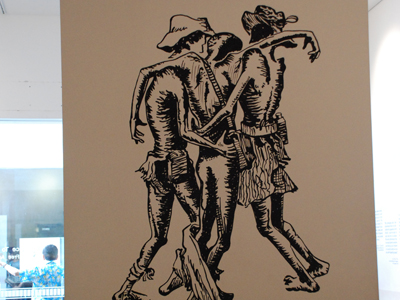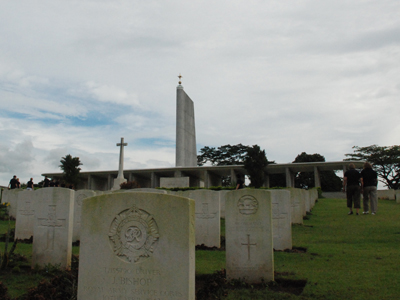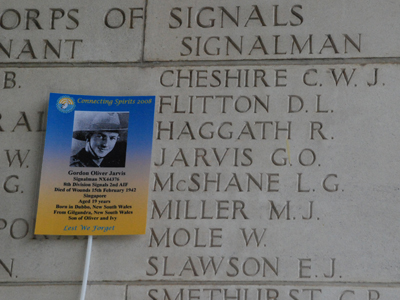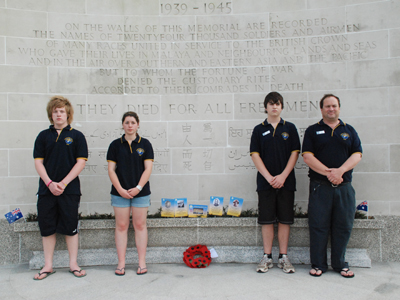Nov 24
Monday November 24: Singapore
With the group fed and ready to go it was to be a WW2 day today with our first four commemorations later in the afternoon. Our guide for the day Helena, was from the company ‘Journeys’ we used in 2006. As we wrote in the 2006 book, this company are superb with attention to detail, first rate. We were off to the civic centre initially with an introduction to the history of this unique country. The humidity wasn’t too awful and having the respite of an air-conditioned bus was welcome. Up to the Labrador Peninsula and the WW2 story of the fall of Singapore began to take shape. Helena shared with the group the impact the Japanese occupation had on her country and the account of her grandfather was particularly moving. As written in our 2006 book, the kids learnt about the selection process by the invaders for people to be saved or executed. Over 50,000 Singaporeans were executed by the Japanese and those who were perceived as a threat were targeted. People who wore glasses or whose hands were not rough were seen as intellectuals and therefore a possible source of rebellion. Helena’s grandfather was a craftsman but had smooth hands and was initially sentenced to death. Ironically the person who saved his life was an elderly woman from his village who was of Japanese origin. She spoke up for the people in her region and saved many lives, Helena’s grandfather being one of them. She is an inspiring guide as she recounts the sad and vicious story of Japanese occupation in a way that is not judgemental and considering her own family’s experiences, this is a unique occurrence. I asked her if she changed or softened the story for Japanese tourist groups and she replied that it is not her responsibility to change or censor history. In saying that however she also takes great pains to reinforce the message of reconciliation and forgiveness. A special lady! The visit to the Labrador Peninsula and the park surrounds evoked a range of reactions:
EMILY COCK:
Labrador Peninsula: the darkness in the tunnels is all consuming, so total. Living in these conditions barely being able to breathe, must have been a new kind of hell.
JAMES GEORGIOU:
When we visited the Labrador battery tunnels realised after hearing how horrific everything was, that this was what my great uncle had to endure. That really made me feel sorry for him because everything was so dangerous.
The next stage in our WW2 journey was the visit to Changi. This place gets to your very core.
CHLOE PADMAN
Today was my first emotional experience seeing the grounds of the POW camps and knowing that thousands of men were worked to death …my eyes filled with tears. Standing where they were…nothing can compare.
MICHELLE CROSSMAN
Today when visiting the Changi Museum, the experiences and the deep feelings I had when reading the notes left by people at the chapel, were very moving. The note by a six year old boy read: “War is bad”.
JAMES FERGUSON
At Changi: you can watch the documentaries, see the photos but once you’re here nothing can brace you for what you feel.
HAMISH JURGS
This is my second trio to Changi and it won’t be my last. Every time I come here I am swamped with emotions. The stories I hear still tear me up and I can not contain the tears. What happened here over 60 years ago is unimaginable and I will always remember this place.
MAL JURGS
Two years on and the story of the cross at the Changi Chapel chokes me up.
SCOTT PALIN
When I read the story about the POW’s with Malaria helping out their mate with cholera, even though they could barely move, it made me realise the true meaning of mateship.
November 24
|
|
